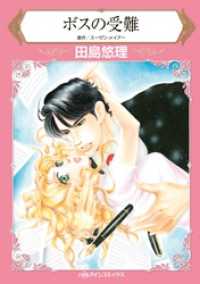- ホーム
- > 洋書
- > 英文書
- > Literary Criticism
基本説明
This volume of the MLA's Approaches to Teaching series suggests ways instructors can help students grasp the novel's exploration of state and sexual politics and discern the strategies of narration that underlie the conversations between the two main characters.
Full Description
Manuel Puig's 1976 Kiss of the Spider Woman, translated into English in 1979 and adapted as an Academy Award-winning film, expanded the idiom of the novel (mixing cinema, fiction, romance, and song) and challenged the third-person narration that was dominant in Latin American Boom fiction. Students are drawn to the conversational style of the novel and the melodramatic seductions of the tale, but they need guidance to appreciate the novel's richness as a work of literature. This volume of the MLA's Approaches to Teaching series suggests ways instructors can help students grasp the novel's exploration of state and sexual politics and discern the strategies of narration that underlie the conversations between the two main characters.
In part 1, "Materials," the editors discuss versions and translations of the novel, provide readings and resources, give an overview of the historical and political background of 1970s Argentina, and outline the author's biography. The thirteen essays in part 2, "Approaches," written by distinguished scholars of Latin American literature, offer close textual analysis, examine the author's use of cinematic references, and present suggestions for teaching Héctor Babenco's film adaptation alongside the written text.
-

- 電子書籍
- GO WILD~獣人の恋は野性的~【タ…
-

- 電子書籍
- 異世界で聖騎士の箱推ししてたら尊みが過…
-

- 電子書籍
- ボスの受難【分冊】 7巻 ハーレクイン…
-

- 電子書籍
- 【プチララ】恋と心臓 第38話&39話…




